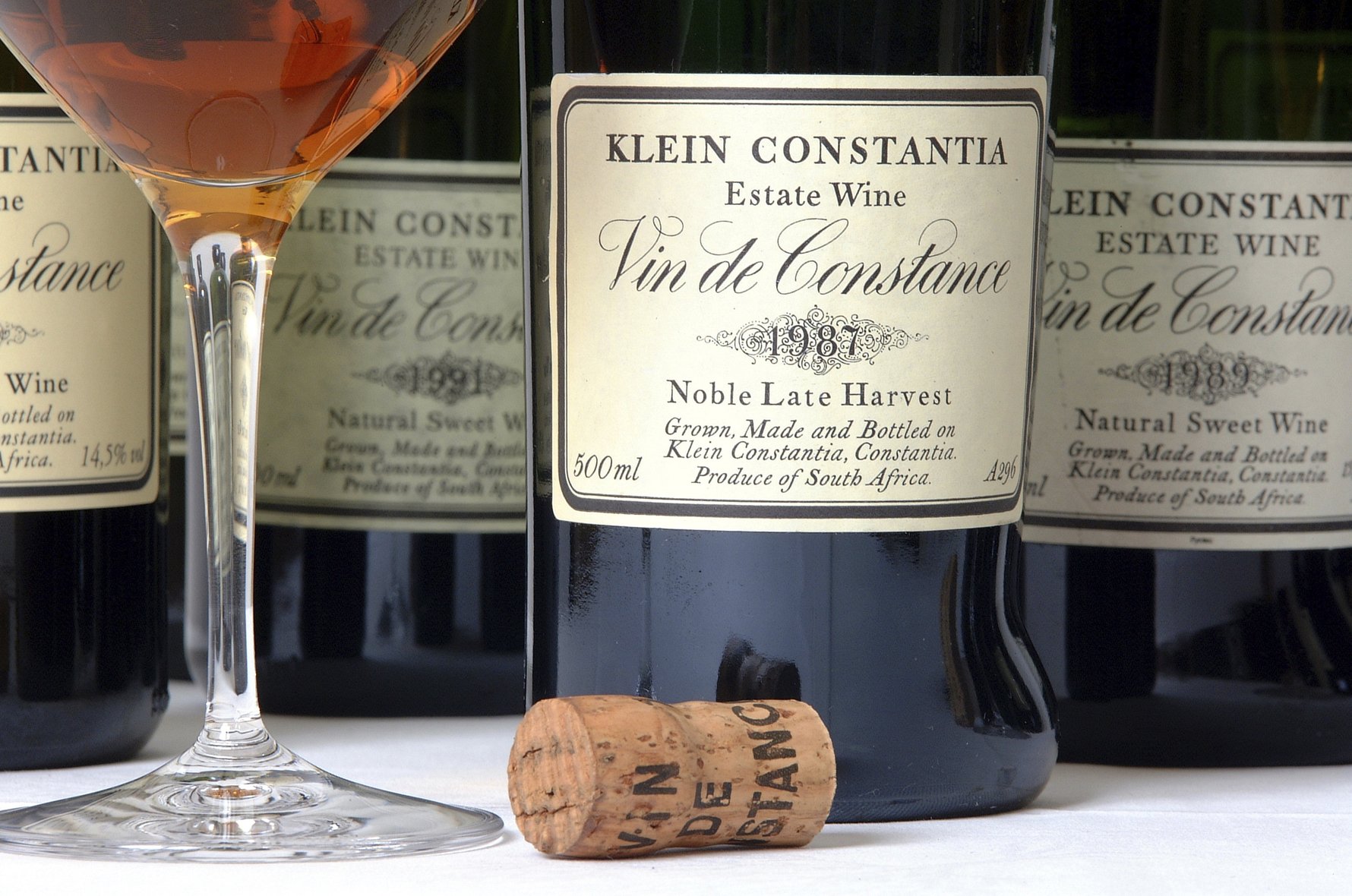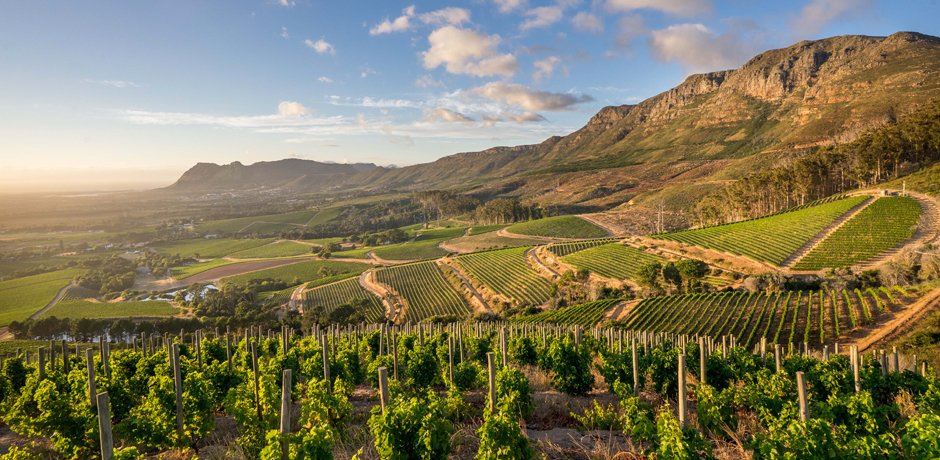
The legendary Vin de Constance, has been one of the world's most famous wines, enjoyed by world leaders and European royalty since the 17th Century. Once adored by kings and queens across Europe, the South African wine farm where this most distinguised wine was made went bankrupt in the late 19th Century, before being revived to remarkable success in the late 1980s.
From the Cape to the Kings of Europe
The legendary Vin de Constance wine dates back to 1685 when the Klein Constantia wine farm was established amid the ancient trees of the foothills of Constantiaberg near Cape Town, a stunning location often described as 'one of the world's most beautiful vineyards' that looks out across False Bay. The site was chosen not for its magnificent views, but for its excellent wine-growing conditions, with decomposed granite soils lying on slopes that are gently cooled by ocean breezes, an excellent base for making high-quality sweet wines.The first barrels of the sweet Constantia wine from the farm were sent back to Europe by the Dutch East India Company in 1692 and within a remarkably short space of time the name 'Vin de Constance' rapidly became famous among the European aristocracy.
In 1782, just once century after the farm was established it is said that Louis XVI and Marie Antoinette had more bottles of 'Vin du Cap Constance' in their cellars at the Palace of Versailles than French burgundy. Meanwhile across the ocean America's founding fathers John Adams and George Washington are said to have been great fans of the wine. Napoleon Bonaparte spent his last years of exile on St Helena drowning his sorrows with Vin de Constance. In 1811 Jane Austen wrote that "the finest old Constantia wine is the perfect remedy for a disappointed heart", while the French poet Charles Baudelaire compared his lover's kiss to both opium and the finest Constantia wine.

The dramatic decline and rise of Klein Constantia
Despite its incredible global popularity and fame, in the late 1800s disaster struck and the farm closed down production of the iconic Vin de Constance. From the 1860s onwards exports dried up due to the removal of preferential tariffs in the British Empire and the Golden Era of Constantia wine finally came to a dramatic end when the vineyards were decimated by plague of phylloxera and powdery mildew.After a century of closure, in the 1980s restoration was begun on the Klein Constantia farm, with the dream of resurrecting the iconic 'Vin de Constance'. Production resumed at Klein Constantia in 1986, with winemaking also resuming production at the neighbouring Groot Constantia estate in 2003 and at Buitenverwachting in 2007.
Early records were studied and careful selection made from vines which, in all likelihood, came from the original stock used in Klein Constantia 300 years ago in order to faithfully recreate the style of this legendary wine. Relaunched to much acclaim, HRH Queen Elizabeth II became an early fan of Klein Constantia's Vin de Constance, and vintage bottles of the 'new' wine are now much coveted by international wine collectors.




Comments